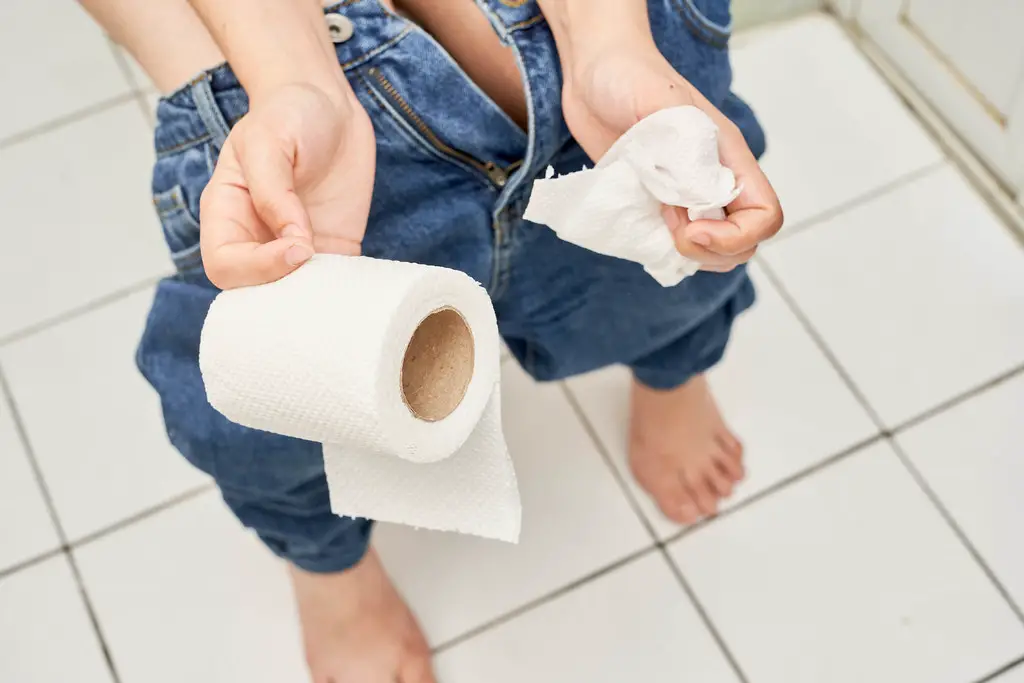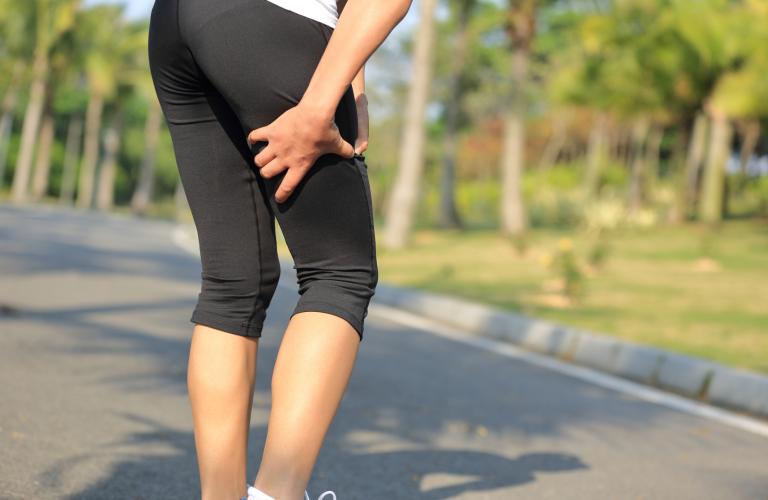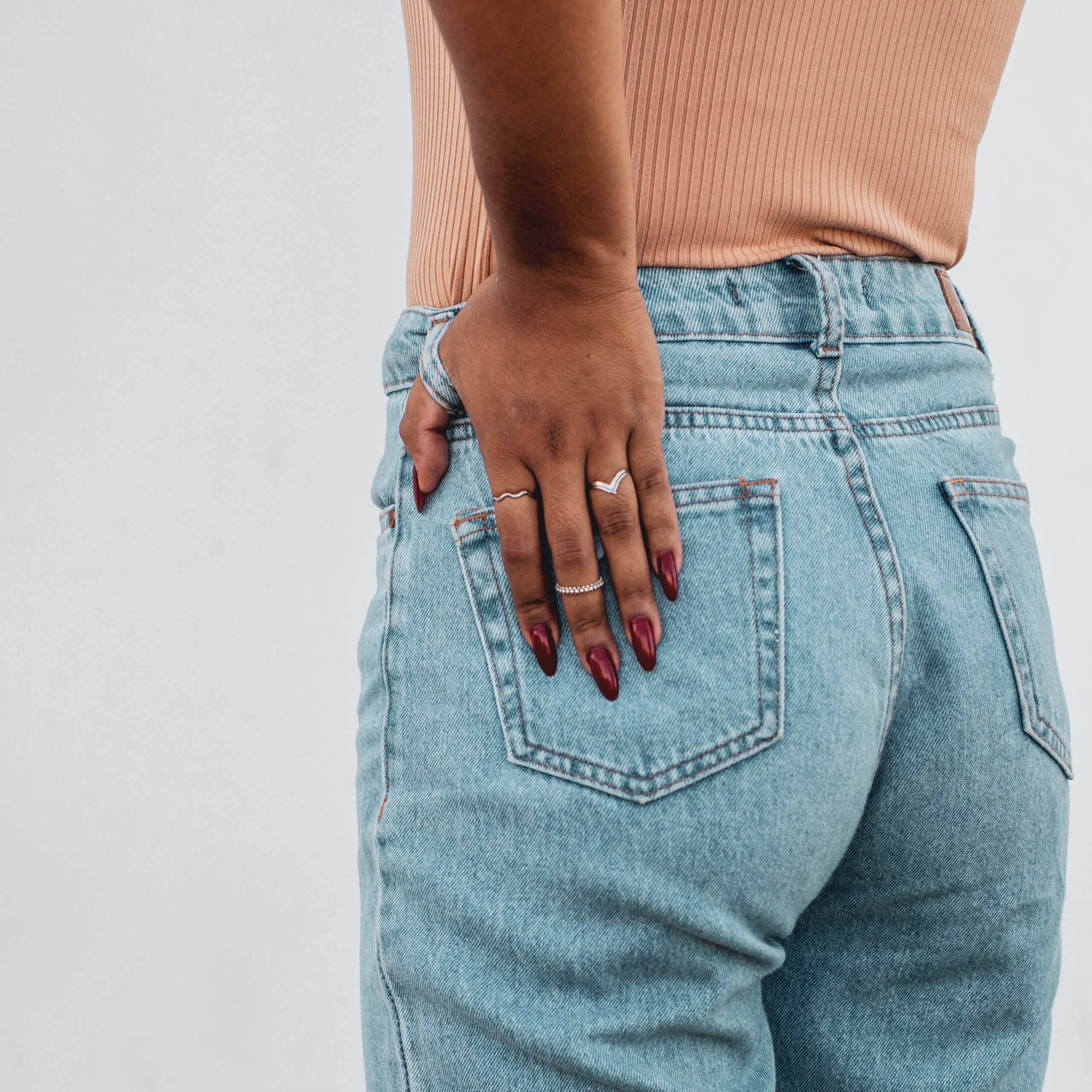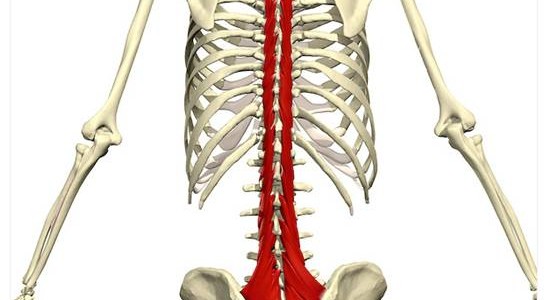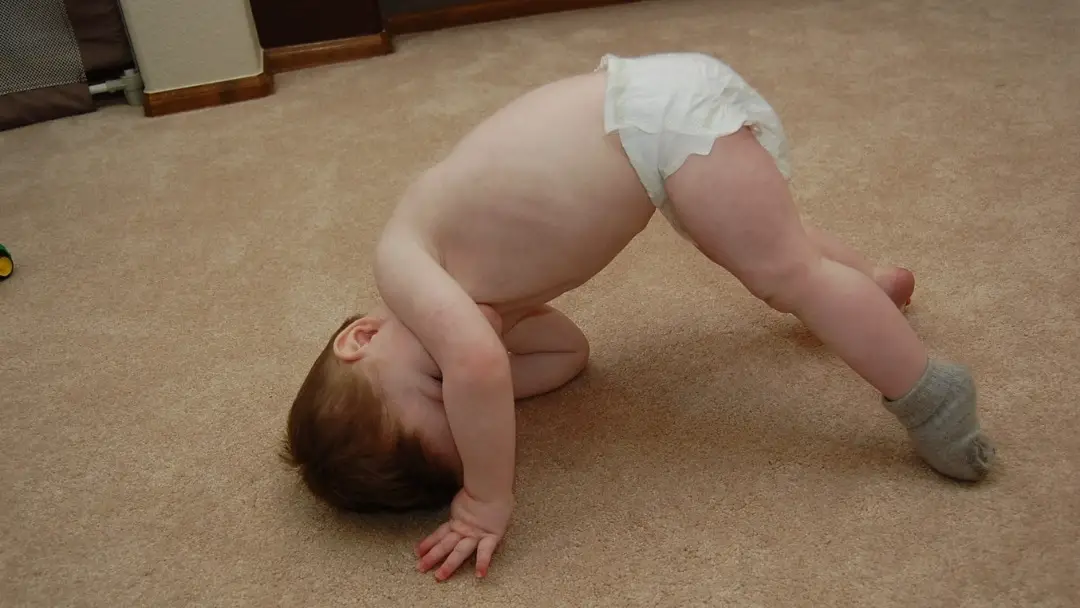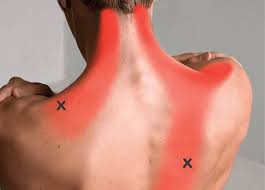Everyone has experienced, at least once in their life, problems de defecation as the Constipation. If you don't know yet, anismus may be the cause of such a problem. This disorder is due to a contraction abnormal de the anus. For more details, discover in the article the definition of anismus, its causes, its symptoms and its treatments.
Definition of anismus
anismus translates a trouble full contraction of muscles du plancher pelvic at the time of defecation. It mainly affects the muscles of the sphincters de the anus et the muscle pub-rectal.
During the evacuation of stool, our muscles must normally relax to allow the opening of the anal orifice and the passage of defecation. However, in some cases, the muscles se contract (due to a distorted reflex). It's this contraction contradictory that we call anismus. THE selles fail not to go out although the subject makes efforts for expel him. This is also why this trouble pose main.
anismus is also known as others appellations in the bibliographies:
- rectosphycterial dyssynergia;
- anorectal dyssynergia;
- abdo-perineal asynchrony;
- spastic perineum syndrome.
What are the causes of this rectal evacuation disorder?
The causes de anismus are various.
neurological disorder
Nervous control of defecation is impaired. This may be the consequence of a central neurological pathology: Parkinson's disease, spinal cord injury, multiple sclerosis...
Functional disorder
They include trauma or stress related to abuse physical, Has assault sexual, or even to pain linked to other local pathologies such as solitary rectal ulcer. Functional disorders can also be linked to urinary pathology (given the proximity between the defecation and urination system).
Behavioral disorder
This problem occurs most often in children. When a child is constipated, when asked to push, the more he squeezes his anus and gradually the sphincter becomes disobedient.
Symptoms of anal sphincter disorder
anismus is characterized by a few symptoms, namely:
- lack of relaxation of the sphincter muscles;
- difficulty initiating and completing bowel movements;
- a feeling of blockage and obstruction of the defecation opening;
- pain on defecation;
- a feeling of incomplete and unsatisfactory evacuation or tenesmus.
To relieve himself, the patient is likely to provide much more effort during defecation. By wanting to limit the closure of his anus, he tends to intensify his abdominal thrusts repeatedly. However, this can lead to bad consequences. The patient is at risk of contracting the descending perineum syndrome. At worst, he will no longer be able to hold back his defecations (anal incontinence).
In the absence of care, inability to pass stools through the anus can then lead to a Constipation terminal or many others complications.
What treatment to solve this constipation problem?
For treat anismus, the wisest thing is to consult un doctor. In order to indicate the appropriate treatments, the healthcare professional performs a diagnostic. He will make a exam clinical which will involve a toucher rectal. This maneuver makes it possible to assess the tone of the anal sphincters.
He then launches into the record full pressure anal (during the Valsalva maneuver). Indeed, the manometry anorectal is the best way to justify whether the patient is suffering anismus. In addition, electromyography (EMG) and defecography can also show a anismus. A IRM can be used as an additional diagnostic test.
To better understand the difficulty in the evacuation of stools and to properly guide the treatment, the doctor can use the analysis of the consistency of the stools (by the Bristol scale). The search for other pathologies that may be the cause of constipation is also possible. These include: hemorrhoids, anal fissures, stenosis, anal neoplasia.
The means curative are many.
Medication treatments for anismus
It's about traitement de the first line. Medicines are mainly substances laxatives, they help to evacuate stools. There are several types.
- Rectal laxatives : these are suppositories that contain active ingredients with carbon dioxide (effervescent). Once released in the rectum, they stimulate the dejection reflex. As an example, mention may be made of Eductyl.
- Bulk laxatives or mucilage: their action is to promote the accumulation and retention of water in the intestine. Thus, the stools increase and have a better consistency (ie easier to exonerate). The patient will relieve himself, because the defecations will be done more frequently. These are mainly drugs based on psyllium, sterculia gum, wheat bran.
- Laxatives osmotic : they also increase the frequency of stools while improving their consistency. This reduces the efforts made during the evacuation of the stool.
Laxatives remain the most effective for treat anismus. In addition to their laxative property, they also have a swerve placebo beneficial.
Un enema à the water also represents an excellent alternative to solve an anismus problem.
Injection of botulinum toxin type A into the puborectalis muscle
All of this neurotoxins have the property to inhibit the movements muscle. Its effect is unfortunately only transient (over about 3 months), hence the need to regularly resume injections. In addition, the side effects are not less. Examples include pain, inability to retain stools and gas. This is also why this treatment is only adopted as a third line.
Surgery
La resection surgical of the puborectalis muscles is also possible, but it exposes to risks of incontinence. This operation is only used as a last resort.
Rehabilitation through biofeedback
It is the reference therapy. the tactile biofeedback consists in teaching the patient to relax his anus at the time of defecation. This is possible by making him understand the problem by illustrating it with various electrophysiological or manometric signals. The only downside is that this method requires a lot of training time to be effective.
Hygiene to adopt
Although the effectiveness of the treatments is visible from the first weeks, following a few hygiene precautions is essential. For example, during defecation, it takes slightly raise the heels and don't sit in the 90° angle. This position favors the opening de the anus and facilitates exit of selles.
Projects
https://www.snfcp.org/wp-content/uploads/2017/12/livre-RCP-consti2017_long.pdf#page=205

